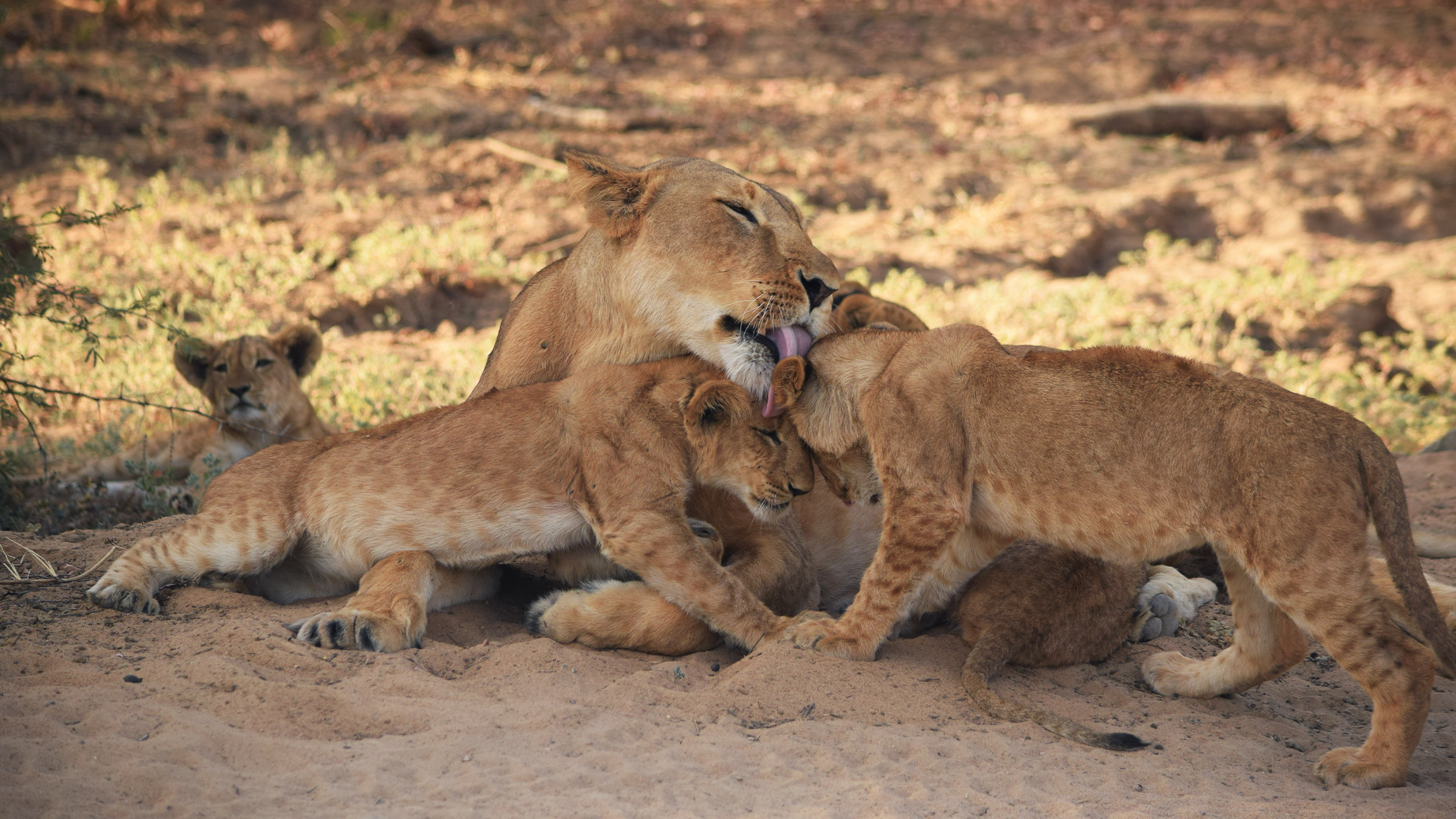Imagine a world where lions and communities coexist in harmony, sharing the same space without conflict or fear. In Africa, this utopia is slowly becoming a reality. Through innovative conservation efforts and community engagement, success stories are emerging that showcase the power of collaboration in protecting these majestic creatures. From enclosed sanctuaries to wildlife corridors, initiatives are being implemented to bridge the gap between humans and lions, forging a path towards a sustainable future for both. This article explores some of these inspiring tales, highlighting the transformative impact they have had on both the wildlife and the local communities, proving that when we work together, we can truly make a difference.
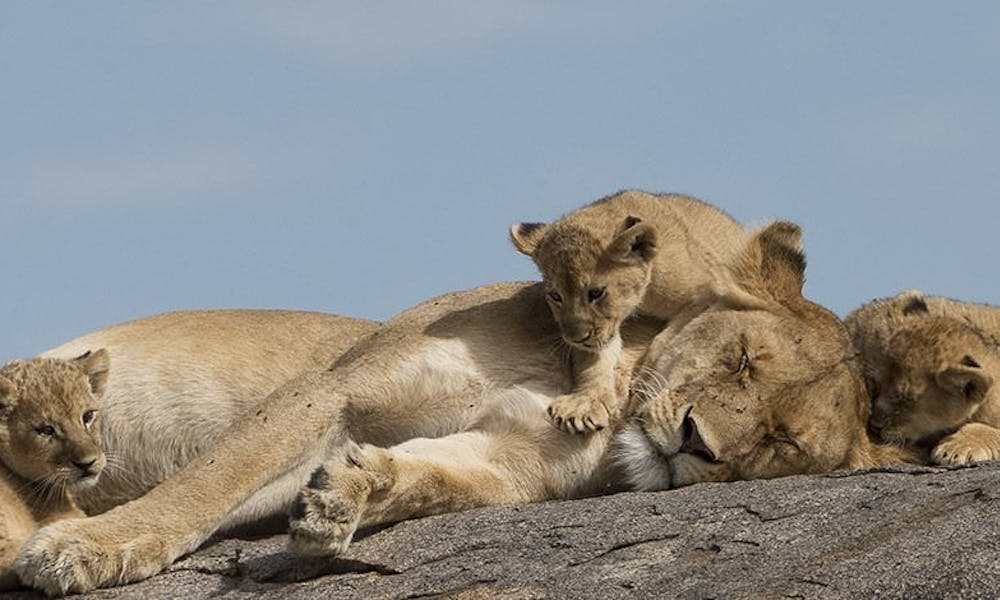
Conservation Efforts in Africa
Africa is home to a magnificent array of wildlife, and one of the most iconic and majestic species found here is the lion. However, the lion population across the continent has been rapidly declining in recent years, making the need for conservation efforts even more vital. Conservationists are working tirelessly to address the challenges faced by these magnificent creatures and engage local communities in collaborative approaches to lion conservation.
The Importance of Conserving Lions
Lions play a crucial role in maintaining the overall ecological balance of their habitats. As top predators, they help control herbivore populations, which in turn prevent overgrazing and maintain the health of grasslands. Additionally, lions are an integral part of Africa’s cultural and tourism heritage, captivating visitors with their striking presence and awe-inspiring behavior. Conserving lions is not just about preserving a species but also safeguarding the intricate ecosystem they are a part of.
Challenges Faced by Conservationists
Conservationists in Africa face numerous challenges while trying to protect lion populations. Habitat loss due to human encroachment, retaliatory killings by farmers, and illegal wildlife trade pose significant threats to lions. Furthermore, the vast size of lion ranges and their continuous movement make monitoring and research efforts challenging. Lack of funding, limited resources, and inadequate legislation and enforcement also hamper conservation endeavors. Overcoming these challenges requires innovative and collaborative approaches.
Collaborative Approaches to Lion Conservation
To effectively conserve lions, it is important to involve local communities who share the same landscape with these magnificent creatures. By forging partnerships and fostering community engagement, conservationists can build an understanding of the value lions bring, both ecologically and economically. Collaborative approaches empower local communities, ensuring they have a stake in conservation efforts and are motivated to protect lions and their habitats.
Community Engagement
Empowering local communities is a fundamental aspect of successful lion conservation. It involves actively involving them in decision-making processes, providing them with skills and resources, and ensuring their needs and concerns are addressed. By engaging communities, conservationists can create a sense of ownership and pride in the natural resources around them, leading to the sustainable coexistence of lions and human populations.
Benefits of Community Involvement
When communities are engaged in lion conservation efforts, they can experience a range of benefits. This includes increased employment opportunities through ecotourism initiatives, improved access to education and healthcare facilities, and the preservation of their cultural heritage. It also instills a sense of responsibility and stewardship among community members, fostering a long-term commitment to conservation. By valuing the presence of lions, communities become active participants in safeguarding these magnificent creatures.
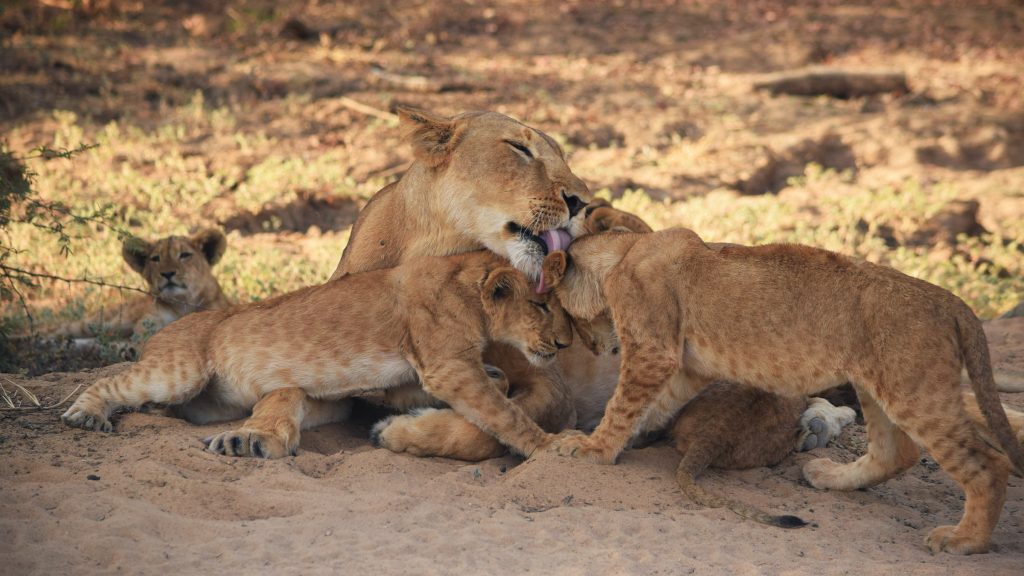
Education and Awareness Programs
To foster community involvement, education and awareness programs are crucial. These programs aim to educate local communities about the ecological importance of lions and the need for their conservation. By highlighting the economic benefits of lion-based tourism and the importance of sustainable practices, conservationists can inspire communities to actively participate in protecting lions. Such programs also help dispel myths and misconceptions surrounding lions, reducing human-wildlife conflict.
Livestock Protection
A major source of conflict between lions and local communities arises from livestock predation. Lions often prey on livestock, leading to economic losses for farmers and a heightened sense of resentment towards the species. To mitigate this conflict, conservationists employ various strategies for livestock protection.
Lion-proof Enclosures
One effective method is the establishment of lion-proof enclosures or bomas, which are fortified areas where livestock can be safely housed at night. These enclosures use sturdy fencing material and are designed to withstand lion attacks. By creating secure spaces for livestock, farmers can reduce the risk of predation and protect their livelihoods.

Guarding Techniques and Deterrents
Conservationists also implement various guarding techniques and deterrents to minimize lion-human conflicts. This includes employing trained guard dogs, using bright lights and sirens as deterrents at night, and implementing effective herding practices. By employing these measures, the chances of lions and livestock interacting are greatly reduced, reducing the need for retaliatory killings and promoting peaceful coexistence.
Compensation for Livestock Losses
In cases where livestock predation does occur, providing compensation for the losses incurred can help alleviate the financial burden on farmers. By compensating for the economic impact, conservationists can foster goodwill and collaboration between local communities and lion conservation initiatives. Compensation programs are designed to protect both the livelihoods of farmers and the lions, ensuring that conflicts are resolved in a fair and sustainable manner.
Tourism and Economic Development
Lion-based tourism initiatives have emerged as a crucial component of conservation efforts in Africa. By promoting the presence of lions as a unique and enchanting wildlife experience, countries are able to attract tourists and generate economic benefits for local communities.
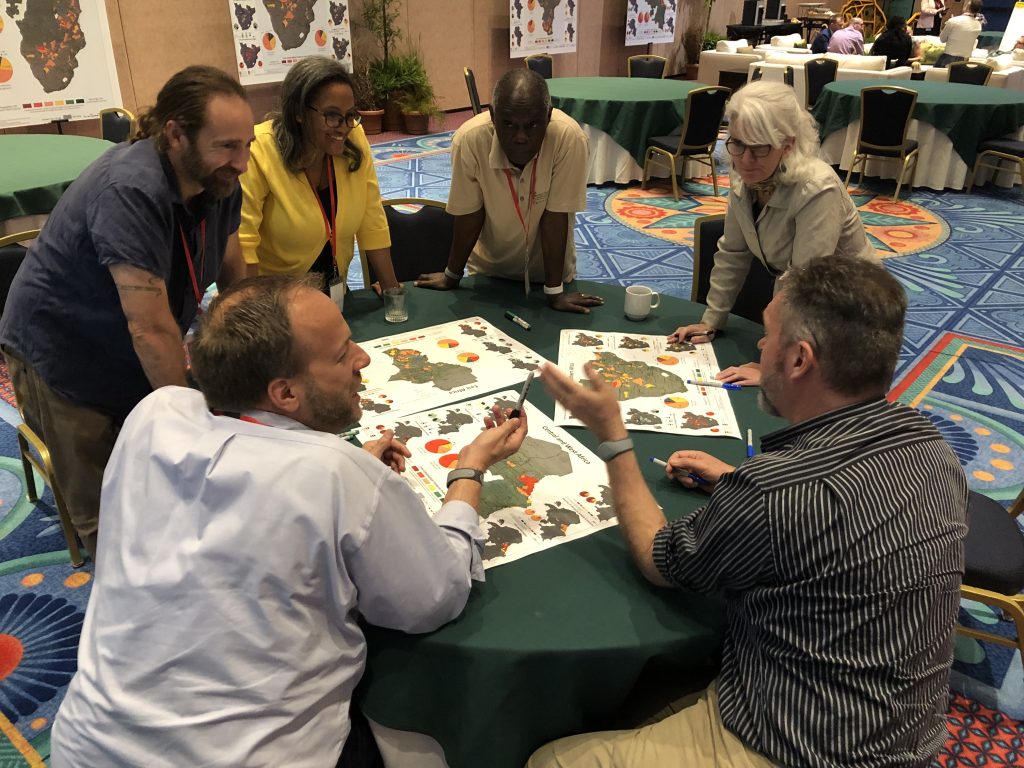
Economic Benefits for Communities
Tourism revenue can directly contribute to the welfare of local communities by creating job opportunities and supporting small businesses. Lodges, safari guides, local artisans, and cultural experiences all thrive when lions become a key attraction for visitors. By ensuring that a portion of the tourism revenue is directed towards community development projects, conservationists can showcase the tangible benefits of conserving lions to local residents, encouraging their active involvement in protection efforts.
Sustainable Tourism Practices
It is essential that lion-based tourism practices are sustainable and do not harm the very creatures they aim to protect. Conservationists work closely with tourism operators and local communities to establish regulations and codes of conduct that minimize disturbance to lions and their habitats. This includes guidelines for respectful wildlife viewing, limiting the number of vehicles near lion sightings, and promoting responsible behavior among tourists. By adopting sustainable practices, tourism can become a valuable tool in supporting lion conservation while also safeguarding natural resources.
Reducing Human-Wildlife Conflict
A crucial aspect of successful lion conservation is reducing human-wildlife conflicts. These conflicts arise when the needs of local communities clash with the presence of lions. To address this challenge, various strategies are employed to deter lions from coming into close proximity to human settlements.
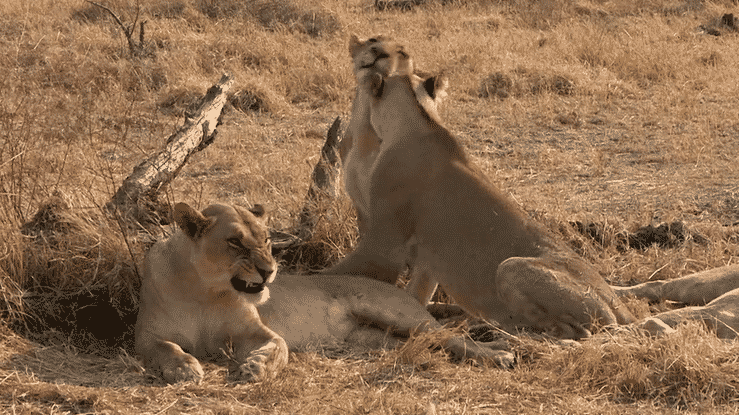
Early Warning Systems
Early warning systems utilize technology such as motion sensors and camera traps to detect the presence of lions in the vicinity of human settlements. These systems alert residents, giving them time to take necessary precautions and ensure their safety. Early warning systems not only reduce the risk of human-wildlife conflicts but also promote a greater understanding and acceptance of lions among local communities.
Human Presence Deterrents
Another approach to reducing human-wildlife conflict is the use of deterrents that discourage lion populations from entering areas densely populated by humans. This can include the use of noise-making devices, such as firecrackers, to scare off lions and prevent them from approaching settlements. By creating a deterrent effect, conservationists can decrease the instances of lion-human conflicts and protect both human and lion populations.
Beekeeping as a Deterrent
Beekeeping has emerged as an effective deterrent to prevent lions from entering farmland or livestock areas. Lions have a natural aversion to the sound and sting of bees, and bee fences or hives strategically placed around vulnerable areas can deter them from encroaching. Beekeeping initiatives not only provide an additional income source for local communities but also contribute to the conservation of lions by minimizing human-wildlife conflicts.
Conservation and Research Organizations
Numerous organizations and research institutions are dedicated to lion conservation in Africa. These organizations play a vital role in driving research, implementing conservation strategies, and fostering collaboration between stakeholders.
Role of Organizations in Lion Conservation
Conservation organizations act as catalysts for change, bringing together experts, communities, and governments to address the challenges faced by lion populations. These organizations conduct extensive research to better understand lion behavior, movement patterns, and ecological requirements. They also spearhead fundraising efforts, advocate for policy changes, and develop innovative strategies for conservation.
Examples of Successful Partnerships
Successful partnerships between conservation organizations, local communities, and governments have played a crucial role in lion conservation. The Maasai Mara Lion Project in Kenya serves as an exemplary model of collaborative conservation efforts. By working closely with the Maasai people, this initiative has successfully reduced lion-human conflicts by implementing measures such as lion-proof enclosures and compensation programs. Similarly, the Hwange Lion Research Project in Zimbabwe has established strong relationships with local communities to promote peaceful coexistence and protect lions. These examples highlight the power of collaborative partnerships in achieving successful conservation outcomes.
Research Initiatives and Findings
Research initiatives focusing on lion conservation have yielded valuable insights into their behavior, ecology, and population dynamics. Studies have helped identify key lion habitats, migration routes, and the impact of human activities on their populations. Furthermore, research has shed light on innovative conservation techniques, such as the use of non-invasive genetic sampling to estimate lion populations. These findings inform conservation strategies and enable targeted efforts to protect and preserve lions for future generations.
Policy and Legislation
Government initiatives, international agreements, and local laws and regulations are critical factors in lion conservation. Policies and legislation play a crucial role in providing a legal framework for conservation efforts, ensuring the protection of lions and their habitats.
Government Initiatives and Policies
Many African governments have recognized the importance of lion conservation and have implemented initiatives to safeguard the species. National parks, game reserves, and protected areas have been established to provide safe havens for lions and other wildlife. Governments also work hand in hand with conservation organizations to develop and enforce regulations that safeguard lion populations. By prioritizing conservation in their policies, governments demonstrate their commitment to preserving the continent’s natural heritage.
International Conservation Agreements
International agreements, such as the Convention on International Trade in Endangered Species (CITES) and the Convention on Biological Diversity (CBD), also play a significant role in lion conservation. These agreements aim to regulate the trade of endangered species, promote sustainable development, and provide a framework for international cooperation in conservation efforts. Collaboration between countries is crucial to combating illegal wildlife trade and ensuring the long-term viability of lion populations.
The Role of Local Laws and Regulations
Local laws and regulations regarding land use, hunting, and livestock management are essential for effective lion conservation. By establishing protected areas, regulating hunting practices, and promoting sustainable land use practices, local authorities can contribute to lion conservation at a grassroots level. Local laws and regulations play a vital role in preventing human-lion conflicts, enforcing penalties for illegal activities, and fostering a culture of respect for wildlife.
Success Stories from Different Regions
Across Africa, various success stories have emerged, showcasing the positive impact of lion conservation efforts.
The Maasai Mara Lion Project in Kenya
The Maasai Mara Lion Project in Kenya is a shining example of how collaborative conservation efforts can drive positive change. By working closely with local Maasai communities, this project has implemented lion-proof enclosures, compensation programs, and educational initiatives. As a result, lion-human conflicts have decreased, allowing both lions and communities to coexist peacefully.
Hwange Lion Research Project in Zimbabwe
The Hwange Lion Research Project in Zimbabwe focuses on understanding lion behavior and ensuring the protection of the Hwange National Park lion population. By involving local communities in research and conservation efforts, this project has successfully reduced conflicts and created a greater sense of stewardship among residents. Through community engagement and education, the project has fostered a deep appreciation and understanding of lions, leading to their long-term conservation.
Okavango Lion Monitoring Program in Botswana
The Okavango Lion Monitoring Program in Botswana is a collaborative initiative between conservation organizations, researchers, and local stakeholders. This program focuses on monitoring lion populations and implementing strategies to reduce human-lion conflicts. Through this program, local communities are actively involved in conservation efforts, benefiting from tourism revenue and gaining livelihood opportunities while protecting the lions that roam their land.
Impact on Lion Populations
Conservation efforts have led to significant positive impacts on lion populations across Africa, providing hope for the future of these magnificent creatures.
Increase in Lion Numbers
In some regions, careful conservation measures have resulted in an increase in lion populations. Protected areas, effective management practices, and community involvement have enabled lion populations to recover and thrive. These successes demonstrate the potential for conservation efforts to reverse the decline of lion numbers and ensure their long-term survival.
Sustainable Lion Population Management
Conservation efforts also focus on sustainable management of lion populations. This entails monitoring and understanding population dynamics, identifying genetic diversity, and mitigating inbreeding risks. Through scientific research and collaboration with local communities, conservationists can develop strategies that balance the needs of lion populations with the aspirations of local people.
Successes in Reducing Lion-Human Conflicts
Collaborative conservation efforts have significantly reduced lion-human conflicts in many areas. Through the implementation of innovative techniques such as early warning systems, deterrents, and compensation programs, conservationists have successfully minimized instances of livestock predation and retaliatory killings. By addressing the root causes of conflicts and involving local communities, conservation efforts can promote peaceful coexistence between lions and humans.
Lessons Learned and Future Considerations
While considerable progress has been made in lion conservation across Africa, there are valuable lessons to learn and consider for future endeavors.
Importance of Local Collaboration
The success of lion conservation is heavily reliant on local collaboration and community engagement. By involving communities in decision-making processes and ensuring their needs are met, conservation efforts can be more effective and sustainable. Engaging local stakeholders early on and building strong relationships based on trust and understanding is vital for long-term success.
Adapting Strategies to Different Contexts
Conservation strategies must be adaptable and tailored to the unique context of each region. Cultural, social, and economic factors differ across African countries, making it essential to develop approaches that resonate with local communities. Flexibility and creativity in adapting conservation strategies enable a better fit to the specific challenges and opportunities present in each landscape.
Long-Term Sustainability of Conservation Efforts
Conservation efforts must prioritize long-term sustainability to ensure the continued protection of lion populations. This includes securing funding for ongoing initiatives, investing in education and awareness programs, and fostering partnerships that provide resources and support. By focusing on sustainability, conservationists can create a roadmap for the future, guaranteeing the preservation of lions and their habitats for generations to come.
In conclusion, lion conservation in Africa remains a critical priority. By recognizing the importance of conserving lions, addressing the challenges faced by conservationists, engaging local communities, protecting livestock, promoting sustainable tourism, reducing human-wildlife conflict, supporting research organizations, implementing policies and legislation, and learning from success stories, significant strides can be made in safeguarding these iconic creatures. By bringing lions and communities together, Africa can continue to be home to these magnificent apex predators, preserving both its natural heritage and the delicate balance of its unique ecosystems.

